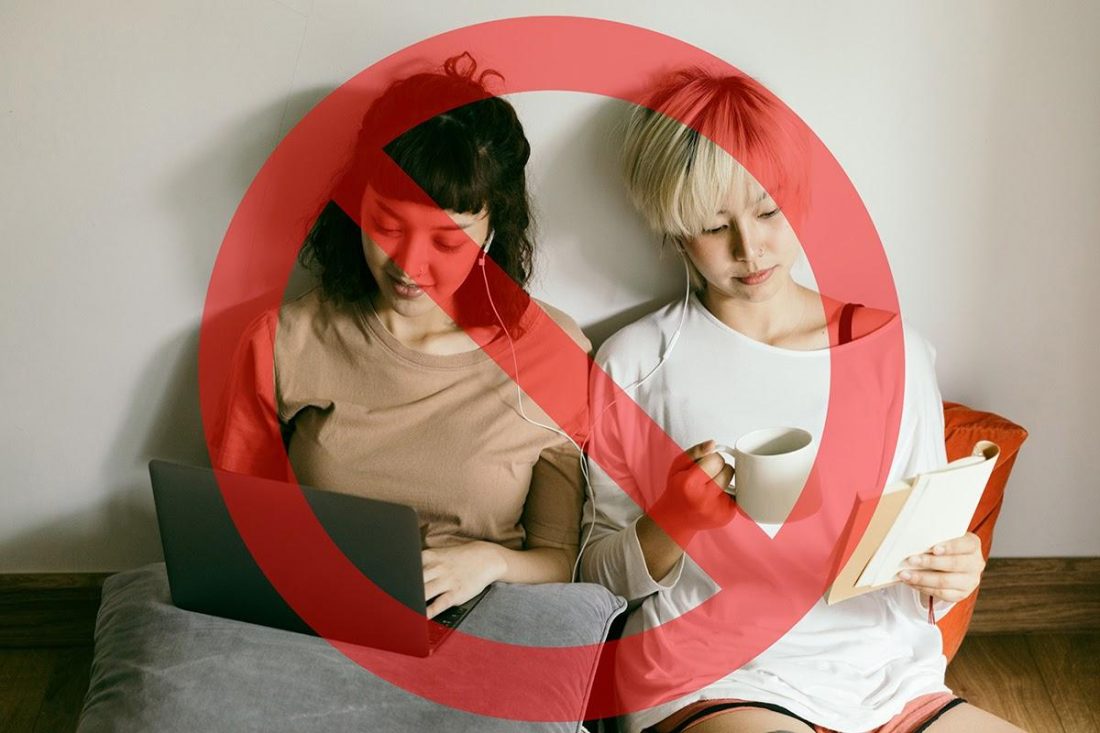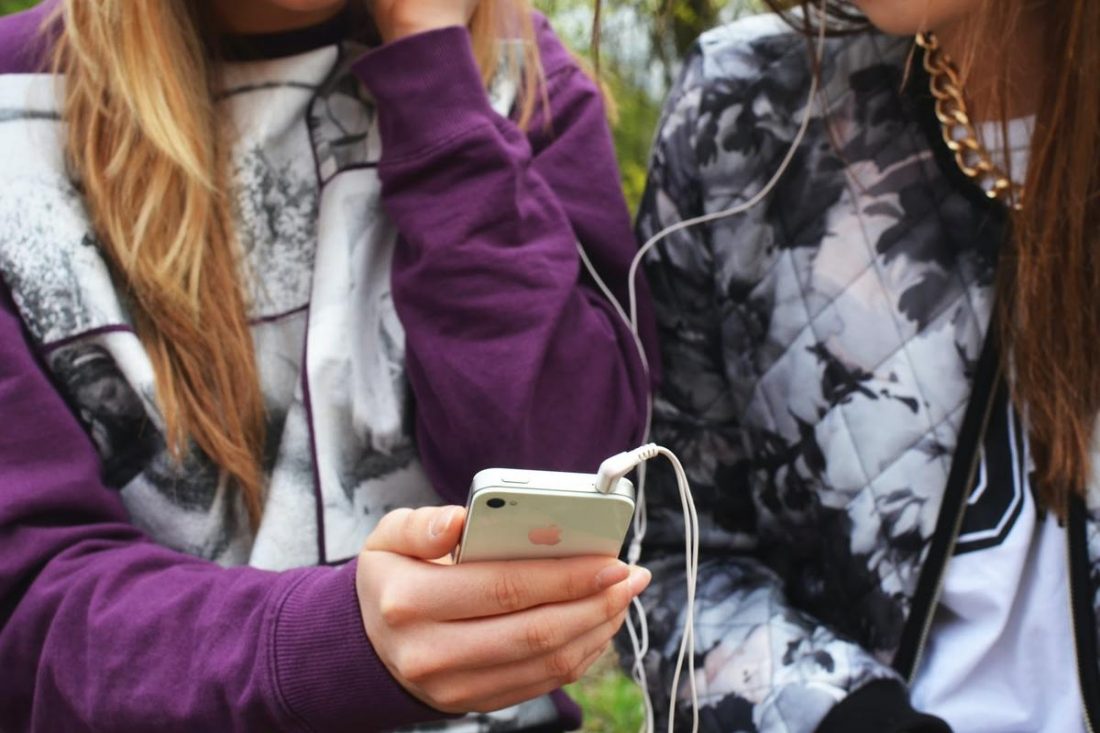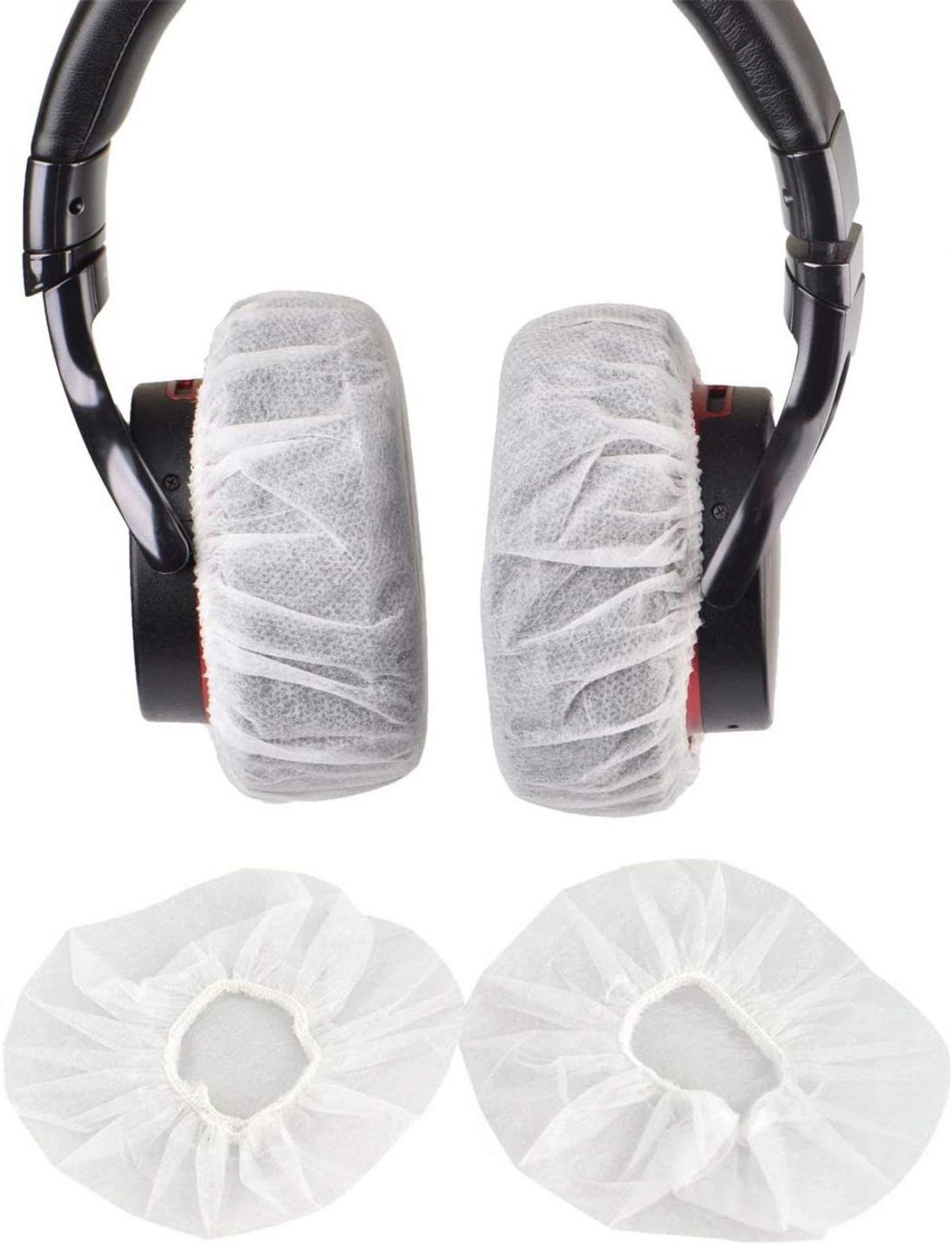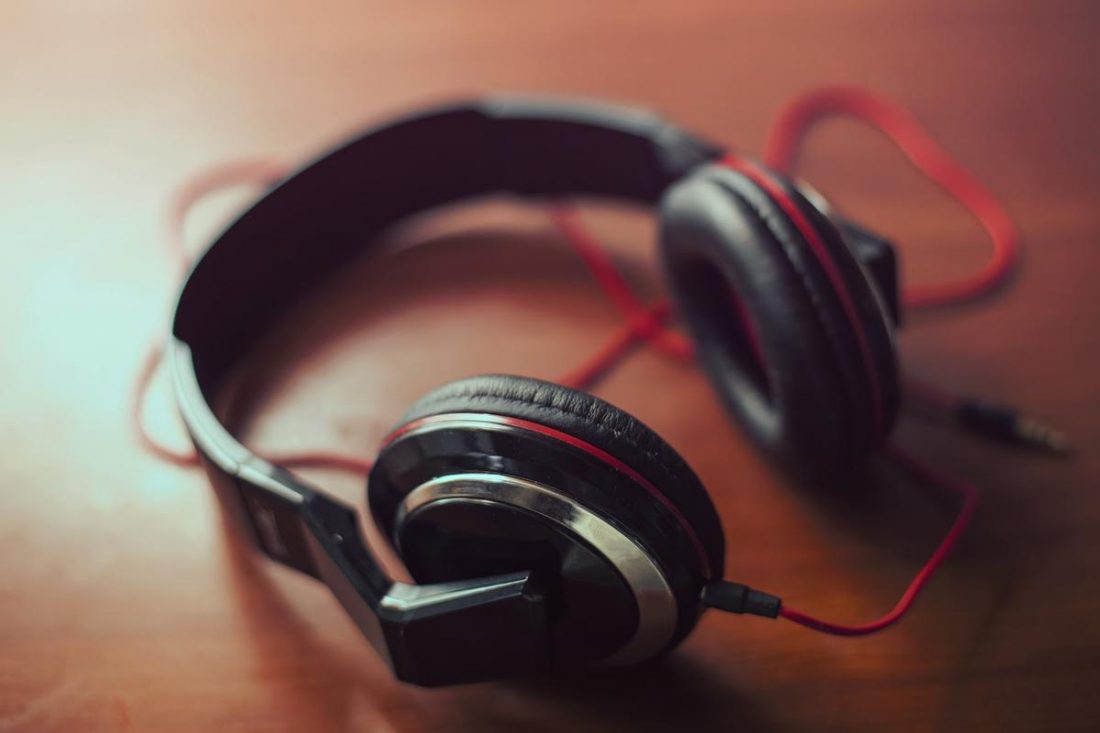We all know how sweet it looks when two people share one pair of earbuds. It seems like they’re in their own world! Yet if you’re thinking of doing that with your loved one, think again. Even if you think you know everything about someone, you can’t really say the same about their overall hygiene and health. And, sometimes, you share more than moments and tunes when sharing headphones, especially earbuds! But what if it’s highly needed? Like if there’s a really important phone call two of you have to hear without letting anyone else know? Or when your headphones broke and the only way you can listen to your online class is to borrow a spare from someone else? Well, read on as we teach you about the dangers of sharing headphones. We are also going to cover how to protect yourself when sharing is unavoidable. Plus, a quick discussion to cover buying secondhand pairs.
Why You Should Think Twice About Sharing Your Headphones
You share more than you think by lending out your headphones! Our ears are vulnerable orifices, protected by earwax. So it’s not surprising when bacteria, yeast, and germs are trapped by this sticky barrier to protect the inner ear canal. When headphones are used, this contaminated earwax then sticks to them. The wax and whatever else is on it is transferred to another person when the headphones are shared. Ew, right? But, if you’re still not convinced why sharing headphones is a no-go, let’s look closer at these common reasons. Warning: it can be grosser than you think.
Bacteria-sharing
Earbuds and headphones can pick up bacteria from any unclean surface. Pockets, purses, and hands are all sources of bacteria. And, they also pick up sticky earwax. When this happens, moist wax on headphones becomes the perfect place for bacteria to multiply into a bacteria-earwax sludge. It grows worse when headphones are shared, as bacteria within bits of earwax are swapped between users.
Yeast growth
Yeast can live in the ear as well, where it can multiply and develop into a host of infections and problems. Like many types of fungus, yeast loves warm, dark environments just like the ear canal. The yeast present in one person’s ear can easily stick to earbuds, especially if they have any sticky earwax already on them. It can then be spread after headphones are shared, placing one person’s yeast directly into the ear of another. Yeast can grow out of control in the ear, causing infections that require medical treatment. A common ear condition caused by yeast is known as “swimmer’s ear.” Affected ears feel itchy and painful and often ooze drainage.
Exposure to disease-causing germs
Germs are everywhere, even in your earbuds and headphones. Like almost anything else, your headphones can host germs from the common cold to viruses like COVID-19. When headphones are touched, carried, and set on various surfaces, they’re exposed to germs. And if left unsanitized, headphones can spread disease and illness through different users.
What to Do When Sharing Headphones Is Unavoidable
Saying ‘no’ to sharing headphones can sometimes be easier said than done. There are various situations when using headphones that were already used by others are unavoidable. It doesn’t matter if you need to share headphones for medical procedures, employee training, speech class, or any other reason. Taking precautionary steps is crucial. When sharing headphones is unavoidable, here are some simple hygiene practices you can take to minimize risk.
Invest in disposable headphone covers
Disposable covers place a safety barrier between your ears and the device. These covers shield you from previous users and protect the next user from you. Disposable covers like these are essential audiophile PPE. Disposable headphone covers are made of thin, stretchy fabric. This is placed over the headphones before you put them on. For earbuds, on the other hand, you can simply bring your own earbud tips. That is if your earbuds broke and can’t buy a replacement just yet.
Disinfect before use
You can disinfect your headphones with rubbing alcohol when you have no other option. Using a cotton ball moistened with rubbing alcohol, rub every surface of the earbuds or headphones and allow it to dry before use. You can also make use of sanitary wipes. Just make sure to not wet the headphones too much to avoid internal damage or corrosion.
Replace ear cushions regularly
Ear cushions make headphones more comfortable. But they can also harbor harmful germs and bacteria if not replaced regularly. Cushions are made from a porous material like foam, and harmful bacteria, yeast, and germs can live deep within. It’s a good idea to replace the cushions regularly. This is especially true for people who commonly share headphones at school or work. Deformed, cracked, and foul smelling cushions signal that your ear cushions need to be replaced. With this in mind, we created a guide on how to replace ear cushions on any brand of headphones. Feel free to check it out!
Maintain proper hygiene
Of course, all these precautions will go to waste if you don’t practice proper hygiene. Using proper hygiene is always a good way to ward off ear infections, and can also protect others. By keeping your ears clean, you’re less likely to have harmful germs and infections to spread in the first place. To clean the ear properly, use a washcloth to gently wipe the outside of your ears clean. A few drops of baby oil, hydrogen peroxide, or mineral oil can safely be used to help remove waxy buildup.
What About Secondhand Headphones and Earbuds?
From a health and hygiene perspective, second-hand headphones and earbuds are a risky investment. Since you won’t exactly know the hygiene of the previous owner, you will never be too sure about how clean the earbuds may be. For example, they may contain contaminated earwax of the users that came before you. Keep in mind that even if it looks brand new, second-hand headphones are still used and can cause issues along the way. Furthermore, you can never be sure of the quality of secondhand devices. The previous owner could have blown the internal components due to a technical error. Be sure to do an advanced cleaning before use if you really must buy used headphones.
Conclusion
As recently established, sharing headphones and earbuds can cause ear infections and transfer dangerous disease-causing germs. These germs can stay on surfaces for days, even if you can’t see them. And the same goes for second-hand devices. Hopefully, if sharing isn’t avoidable, following these best practices protect you from the dangers of sharing headphones. Did this article help you understand the risks associated with headphone sharing? Did you find the suggested PPE items and methods for cleaning useful? Let us know if there’s anything you loved or anything you feel that we’ve missed!




